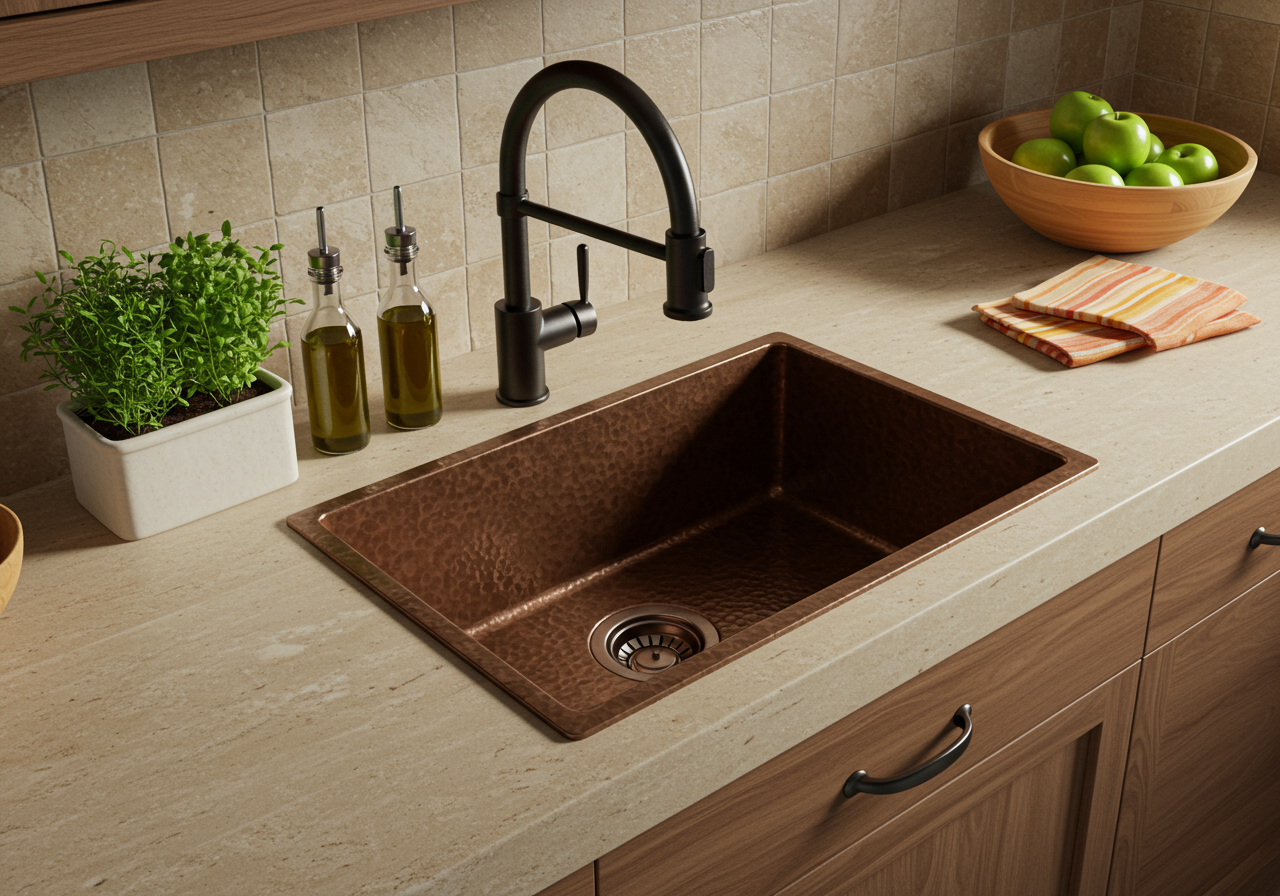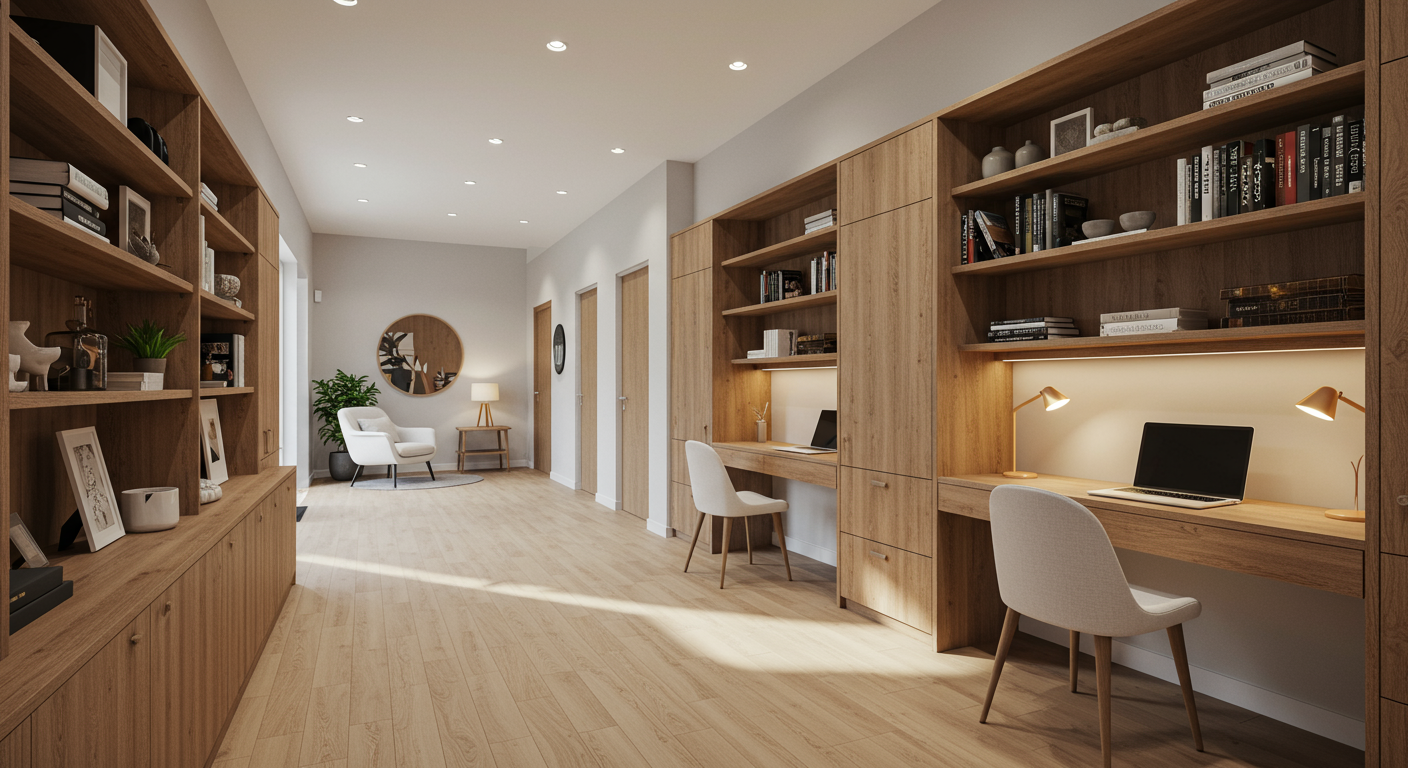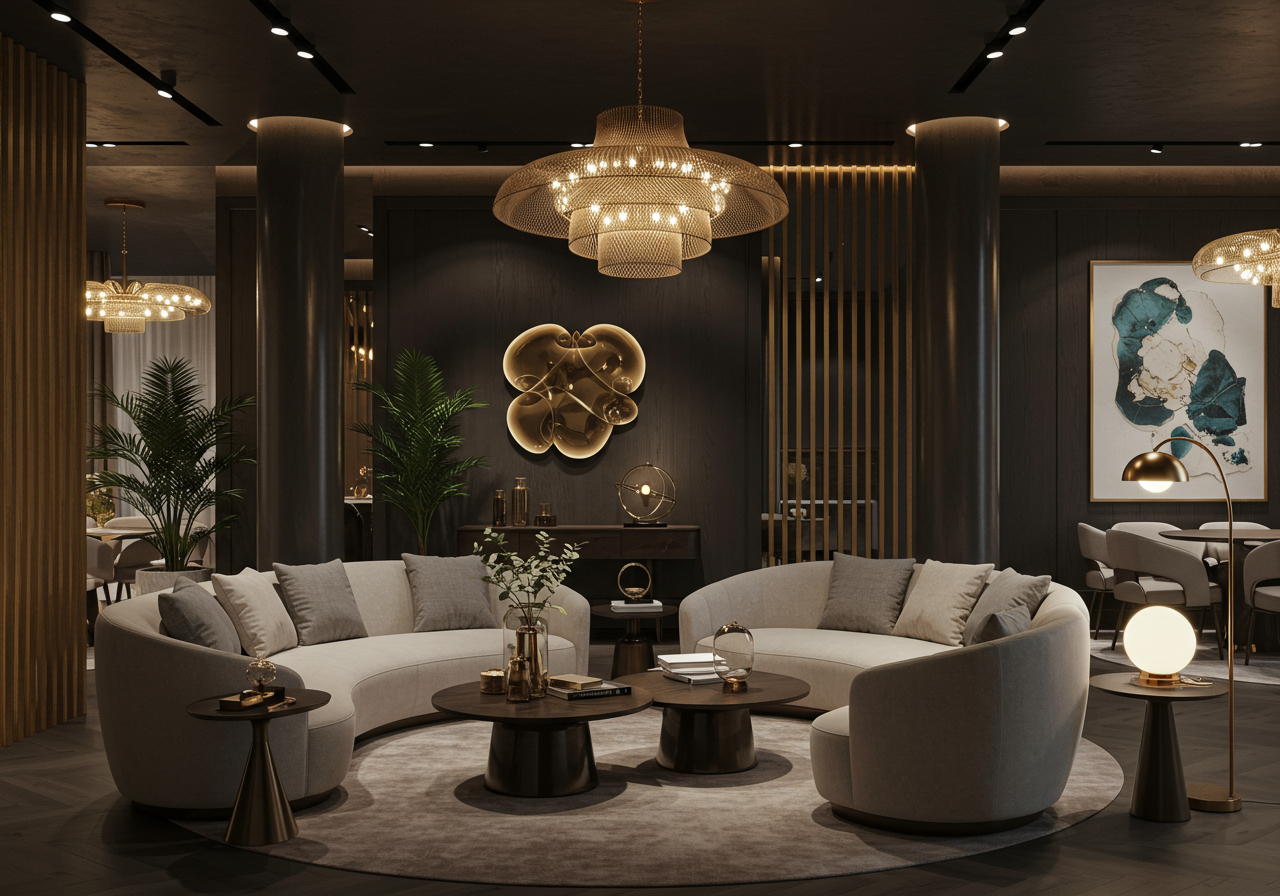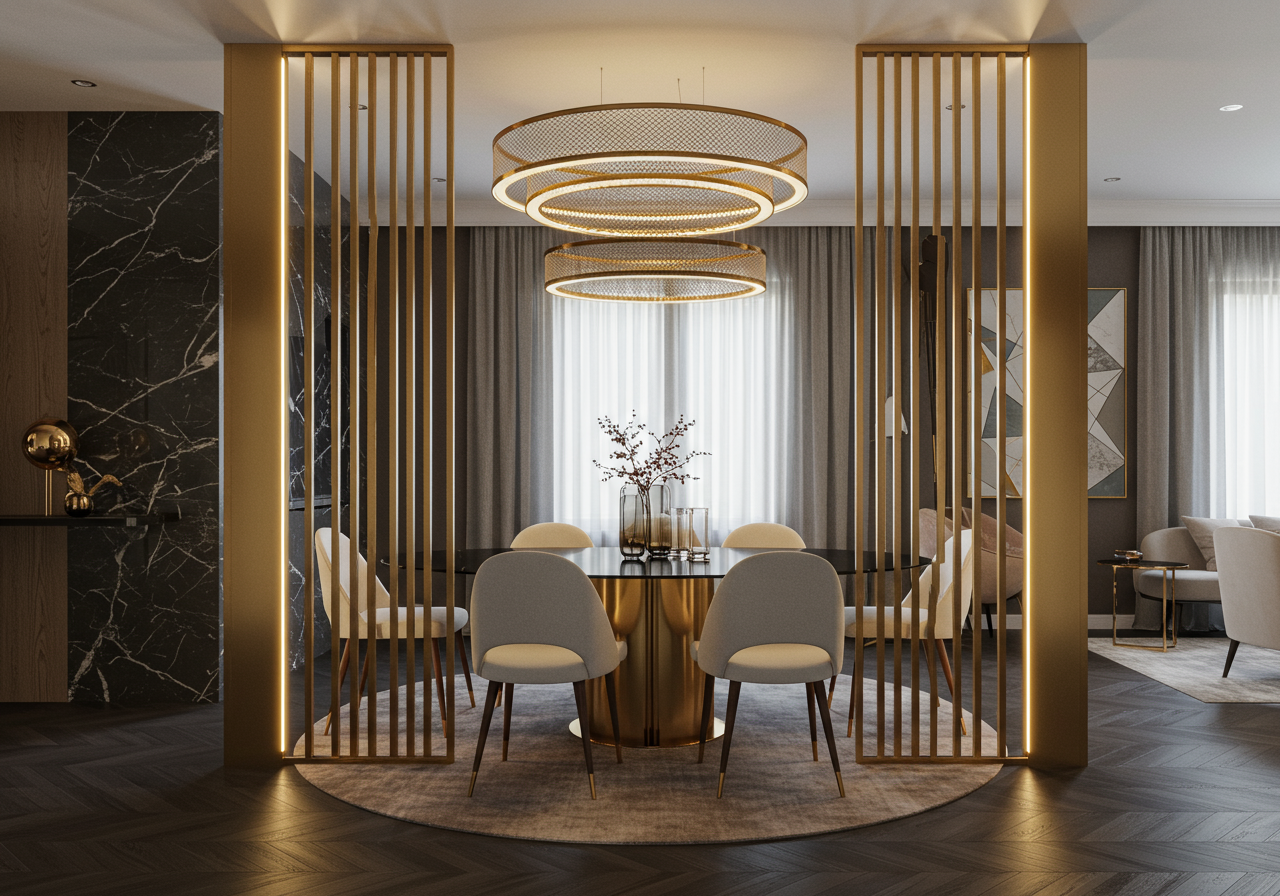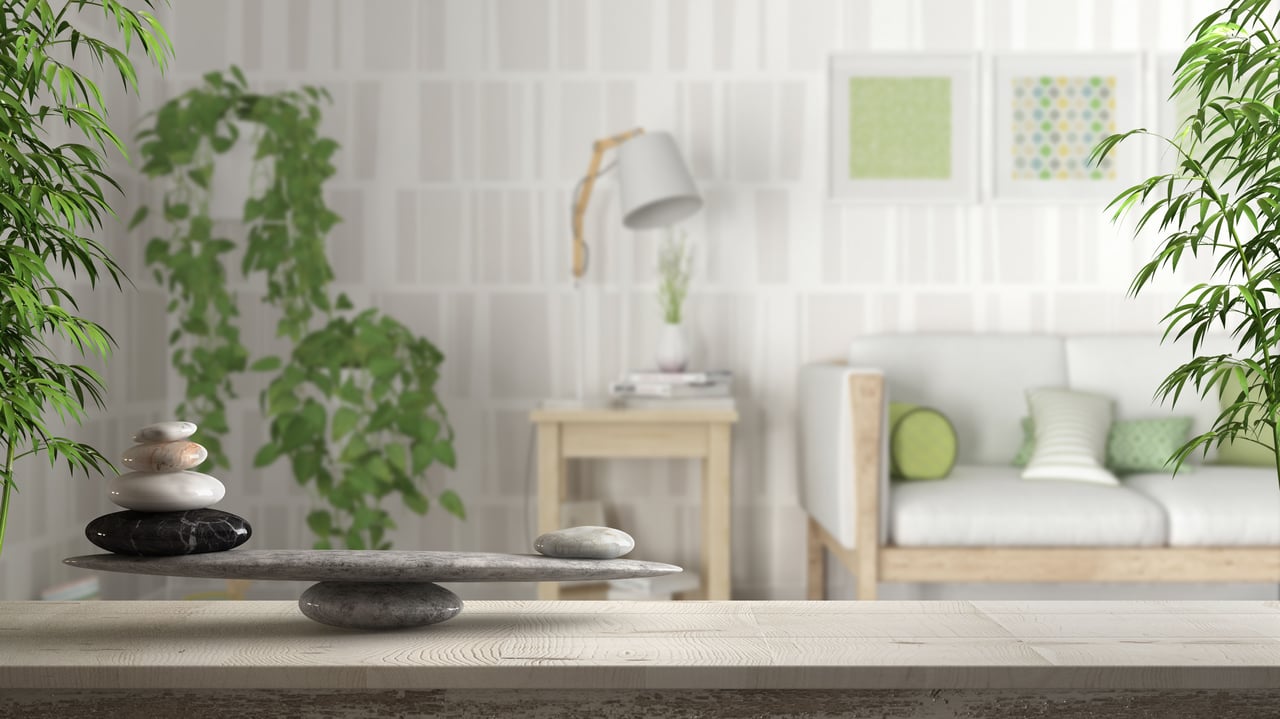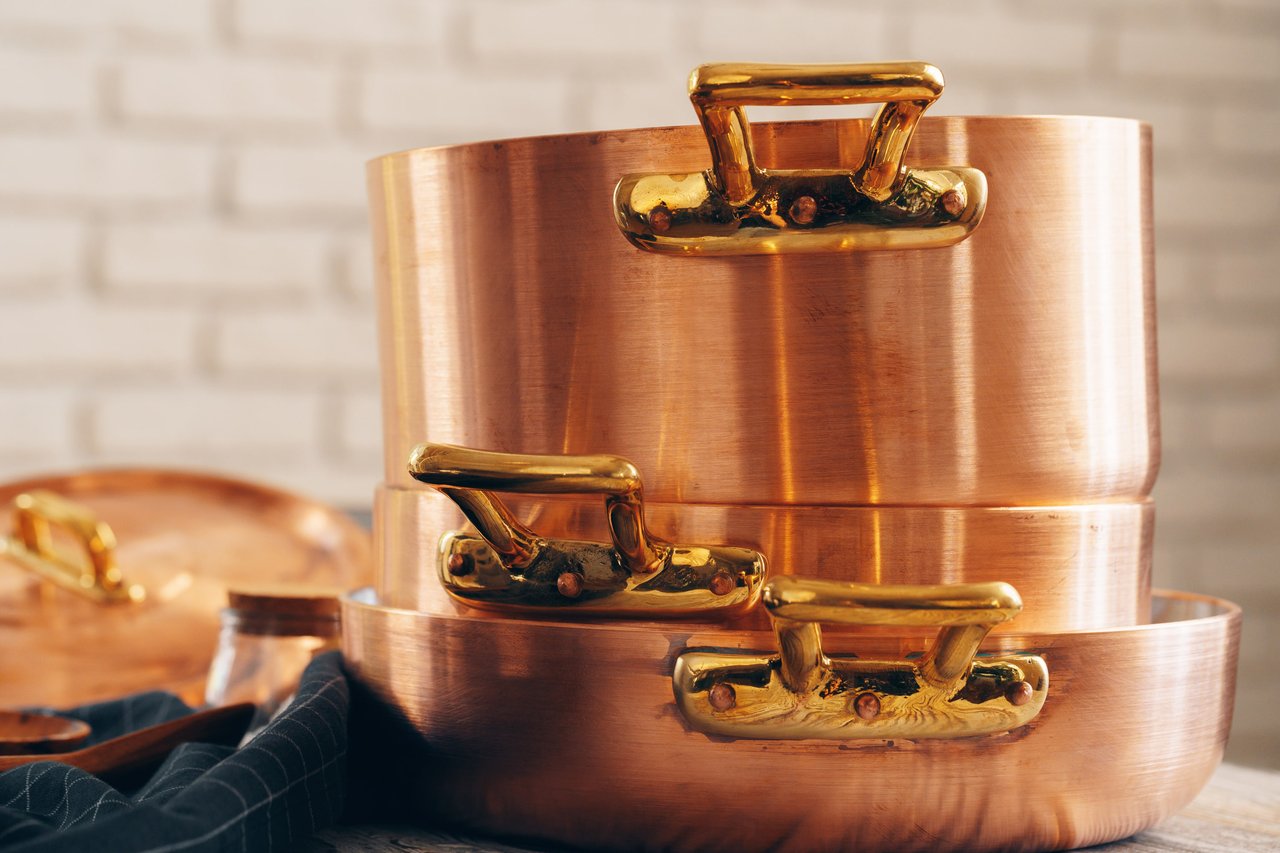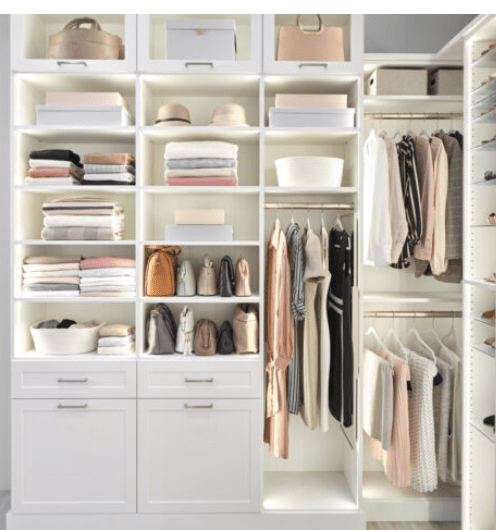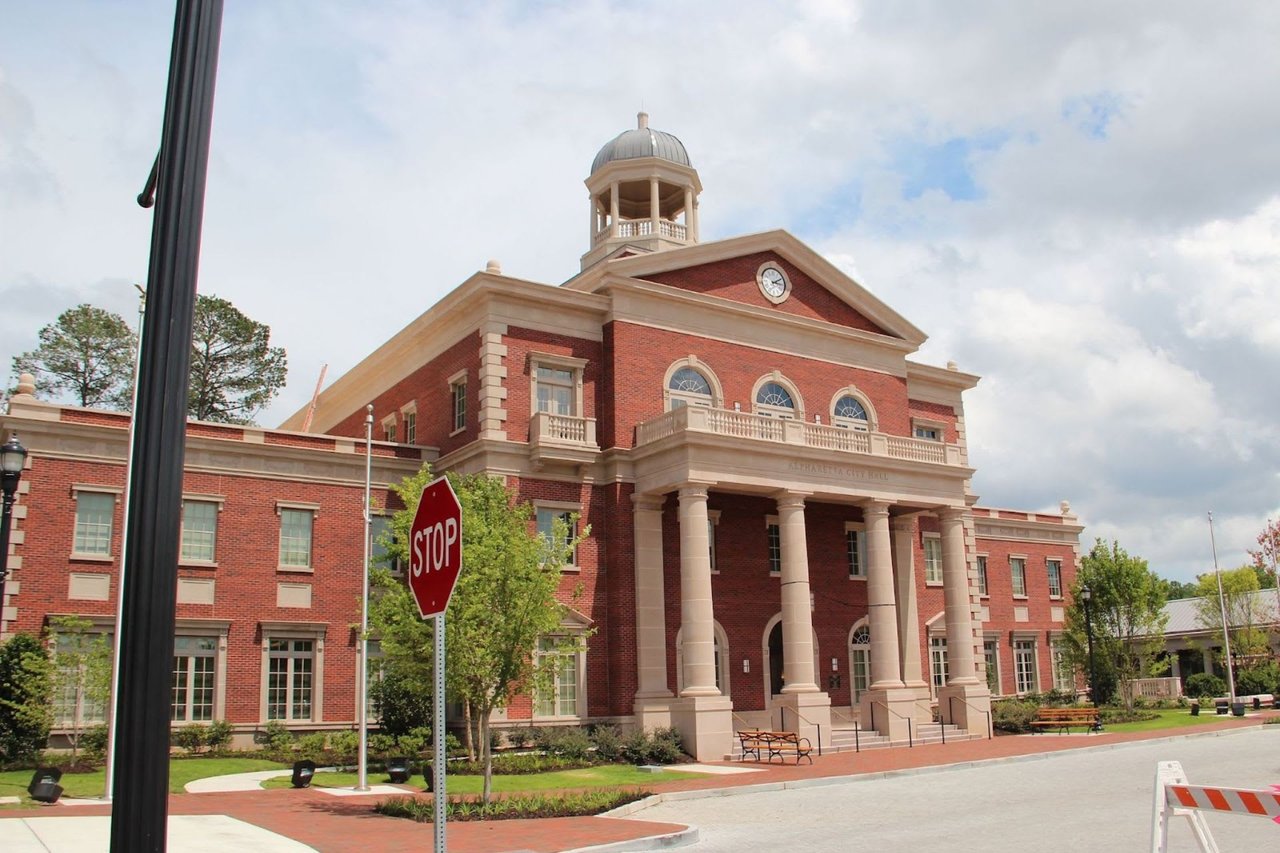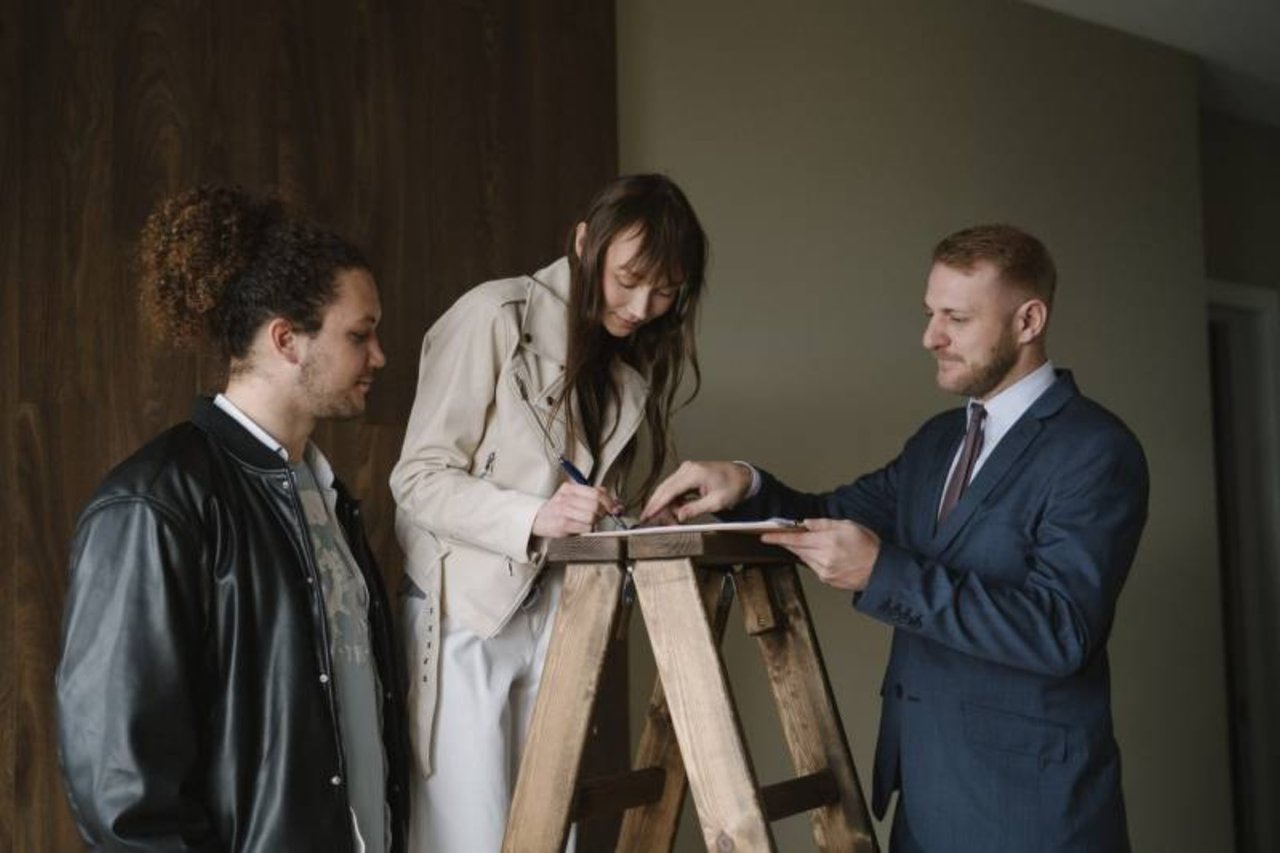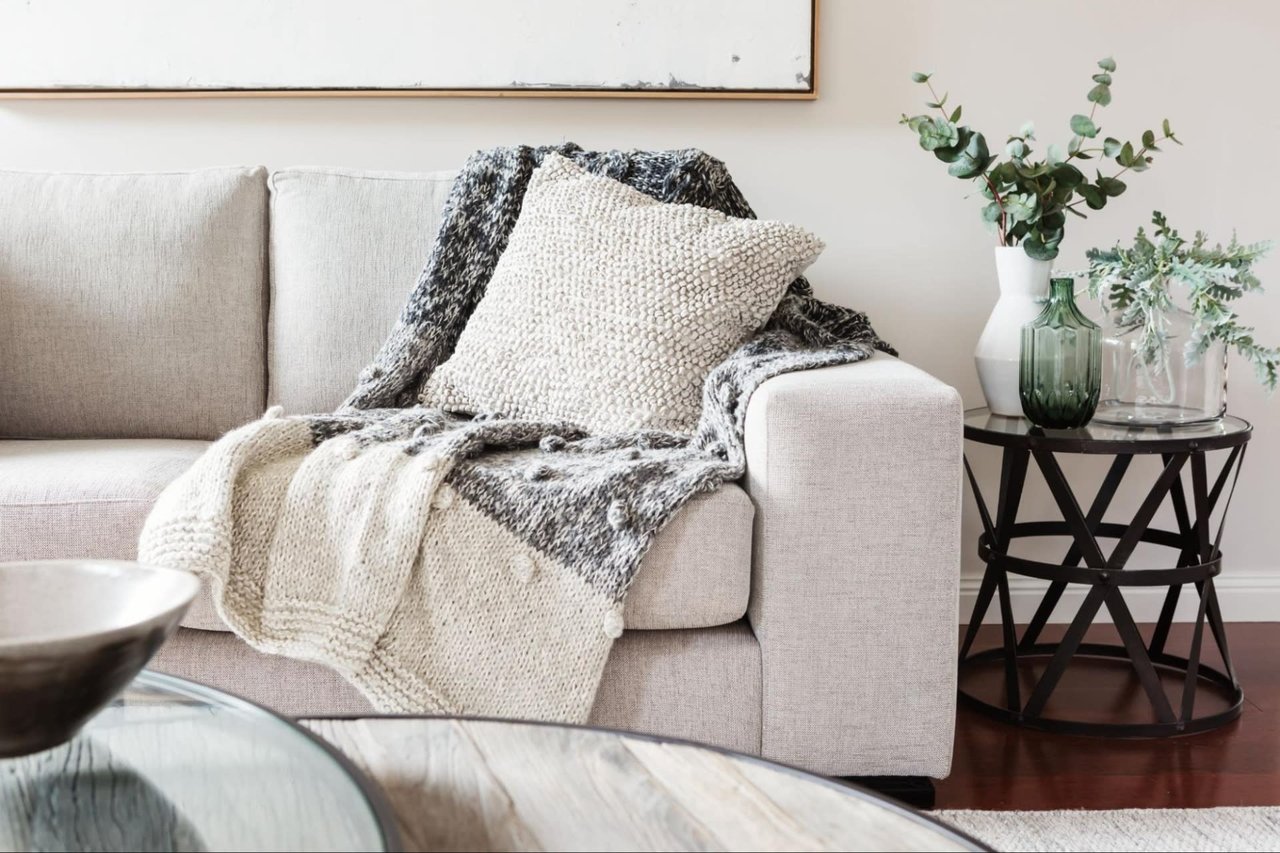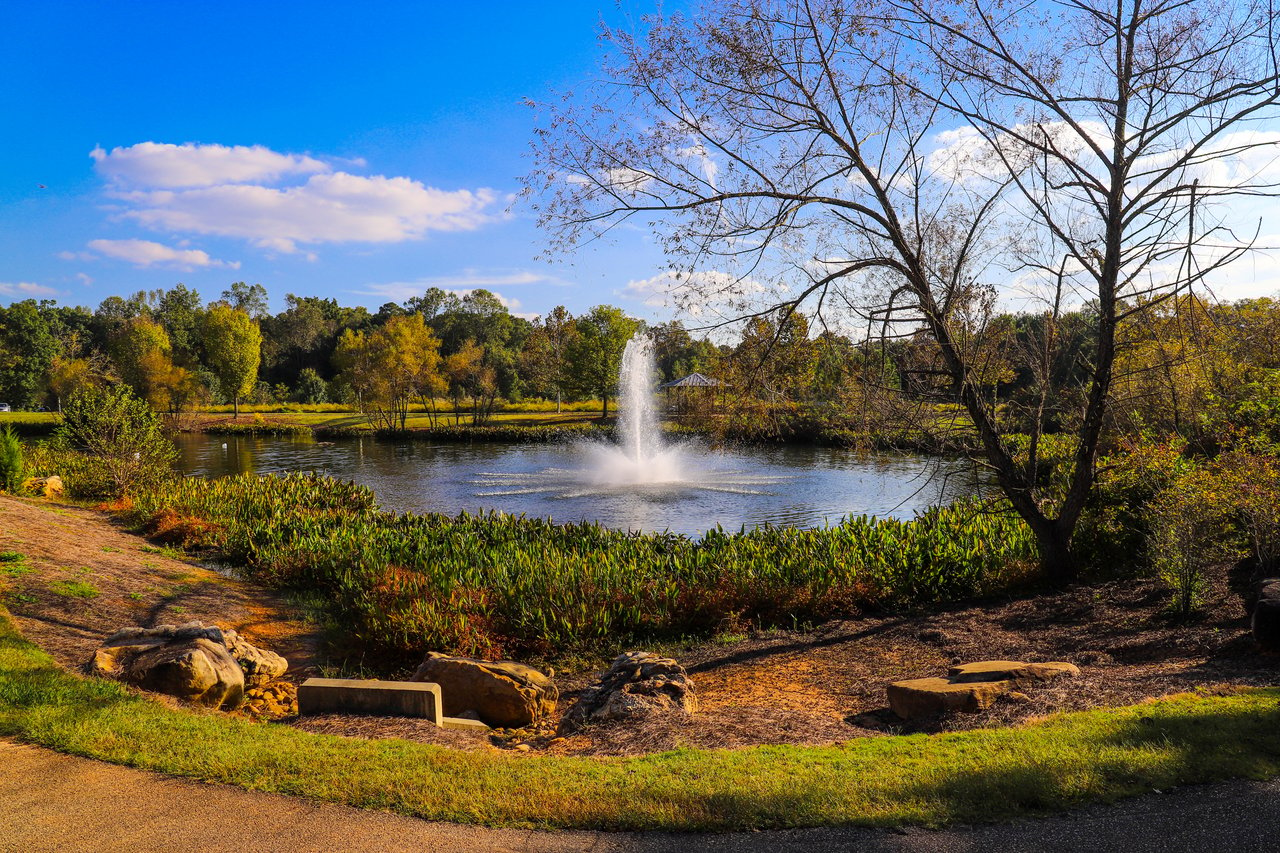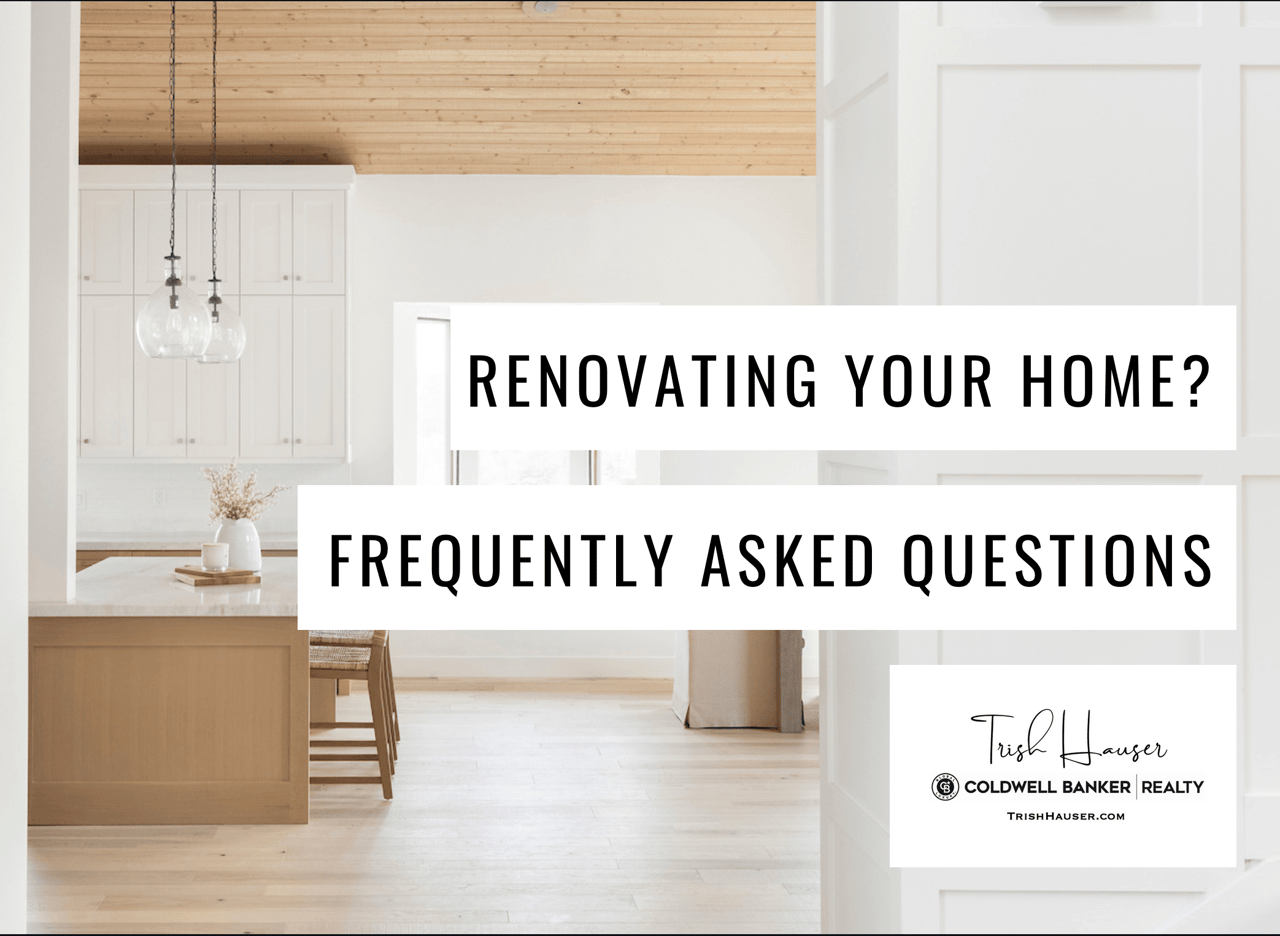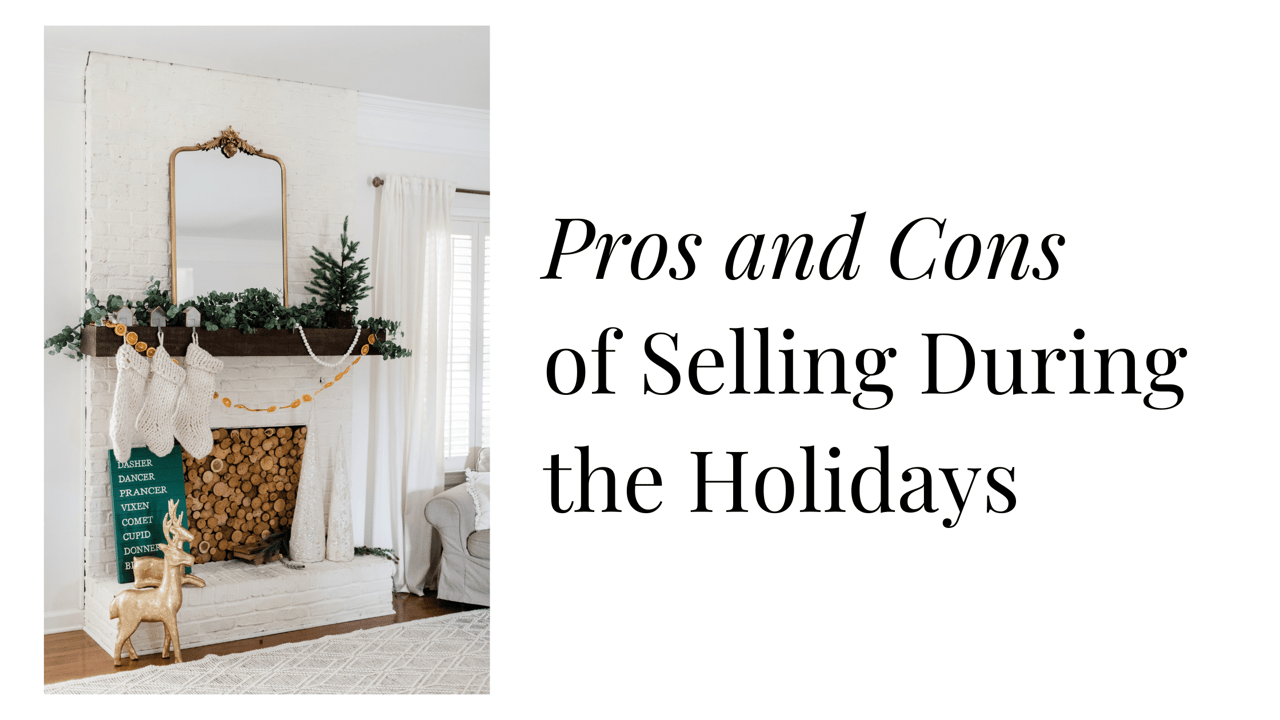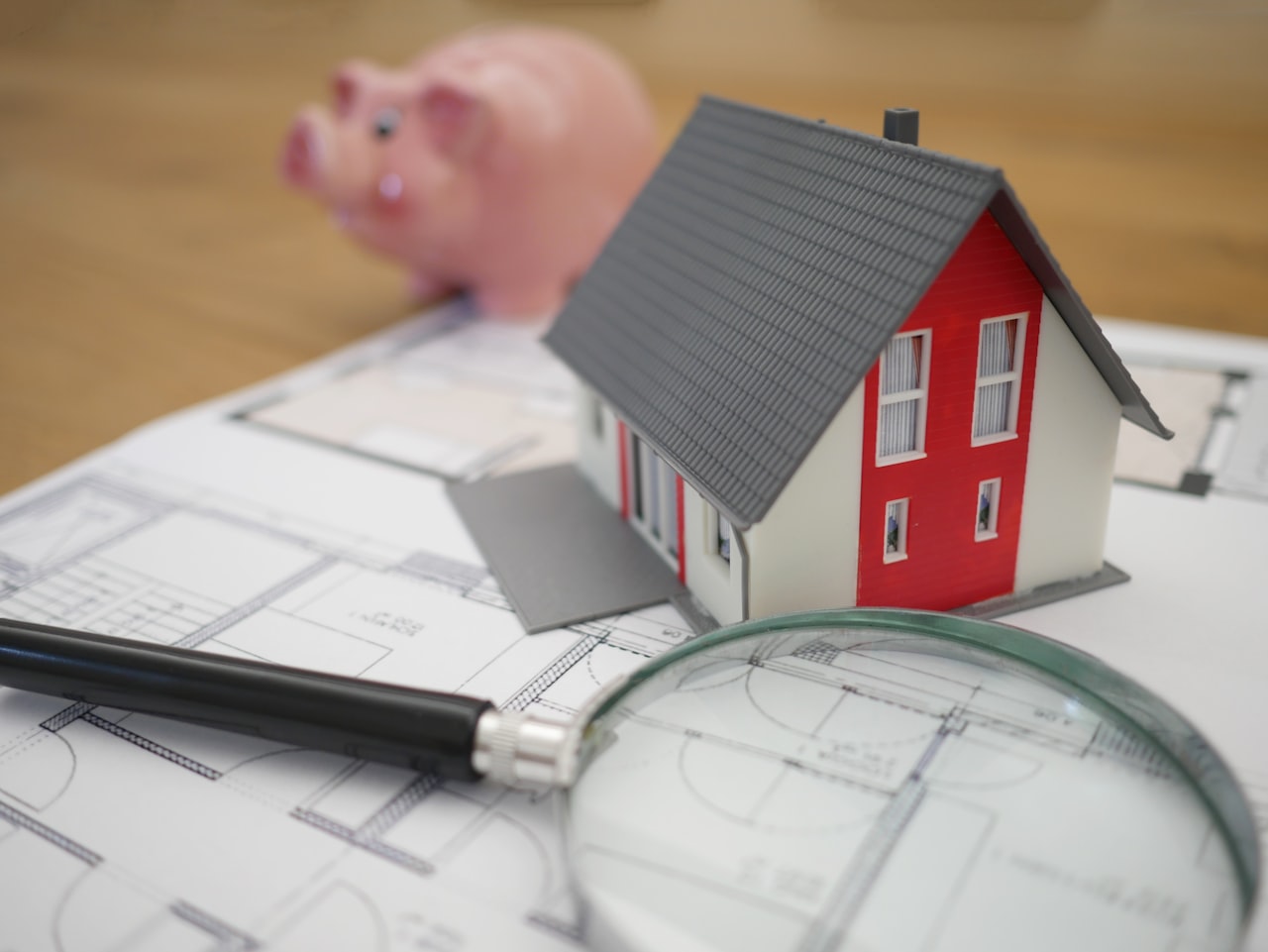Fewer Germs, More Panache
There’s no question that COVID-19 has become the great disruptor of 2020 — from hard-hit hospitality spaces needing a floor plan reboot to the increased demand for materials that can keep germs away. As communities assess how to return to a somewhat normal life post-pandemic, high-end designers and architects know it will take more than just a few sheets of plexiglass to keep clients stylish and safe.
For instance, it’s no secret that rather than double ovens or a generous cooktop, sinks have become the cornerstone of kitchens. But the right sink is more than just about sanitizing, according to Naomi Neilson of Native Trails. The company’s hand-hammered artisanal sinks and tubs aim to be “functional, beautiful, and even calming to the senses.”
“[They are] a sense of calm in this chaotic world,” she says. “We spend a lot of time in front of our sinks, so for such a utilitarian object to cause you to take a deep breath and go ‘ahhhh,’ is a true blessing.”
Neilson sees copper’s durable and aesthetically pleasing qualities as its one-two punch for those looking for a safe, sanitary and stylish upgrade.
“Copper itself kills harmful bacteria, a true benefit in the kitchen and bath. Hand-hammered copper is also among the most durable sink materials available,” she adds.
For other surfaces of a residence or commercial space, other materials can help mitigate the risks and spread of germs; some materials, such as quartz, porcelain, oak and bamboo are more hygienic choices than others. Dwayne MacEwen, principal and creative director of Chicago-based DMAC Architecture, reports that his firm is experimenting with large format porcelain tile in his hotel, commercial, and residential projects.
“I’m a big fan of the large format tile. There’s no grout joints, so it’s easy to clean, and impervious — they don’t stain,” he explains.
But the virus’ impact spans more than just choosing cleaner materials; with the pandemic sending scores of office workers into remote jobs, worklife harmony hangs in the balance for many. As home office spaces surge in popularity, it’s critical not to forget our basic human need to interact, according to Jairo Vives, lead architect at Pininfarina of America.
“Achieving harmony in the home is pivotal to future cultural changes. Having a space to work is as important as having a space to relax and unplug,” he says. Vives adds prioritizing natural light and fresh air are key “to improve both the physical and mental quality of life.”
The Italian-based design house sees human experience as the main driver behind its design solutions. In other words, says Vives, it’s the firm’s job to “elevate how people feel about and interact with space.”
Space — as in, how much of it exists between objects — is another concept with which designers and architects will have to grapple. Mere months ago, the world became accustomed to the words “social distancing” — that is, mitigating the spread of germs by avoiding crowds. High-volume public spaces, such as health clubs, casinos, hotels, and restaurants, are adapting an entirely new mindset when it comes to reopening their spaces for the long-term, says MacEwen.
“Necessity is the mother of invention. I think there’s opportunities, of not just thinking of Band- Aids, but thinking of solutions that transcend the pandemic,” he says.
MacEwen, with his lifelong background in construction (his teenage summers involved building and selling spec homes in eastern Canada), says his firm has taken proactive steps to help clients reimagine spaces and protective barriers that don’t just have to look “held together with duct tape.”
He adds: “My concern [with a barrier] is … [what if you’ve] just put a drywall screw into a nice piece of millwork, and you don’t need it anymore? Can we make perform its function, but [have] it become part of the aesthetic?”
Vives agrees that firms will have to think strategically — not just how to keep people safe, but how to adapt to their new life and routine in a post- COVID world.
“One of the first challenges was to understand that COVID-19 is a global issue that affects human behavior and routines. So, it’s not necessarily about thinking of the problem only as a medical emergency, but to also think about the repercussions it can have on everyone’s life,” he says.
Although there’s no question that the pandemic has swept stress and uncertainty into the luxury sphere, re-imagining life after COVID-19 has also fostered innovation, says Vives.
“[It’s] been an accelerator for initiatives that were being developed years ago — solutions that improved spatial quality, self-improvement, wellbeing, [and] sustainability. [We’re] always looking ahead to bring creative solutions to the table and the pandemic has been no different,” he affirms.
